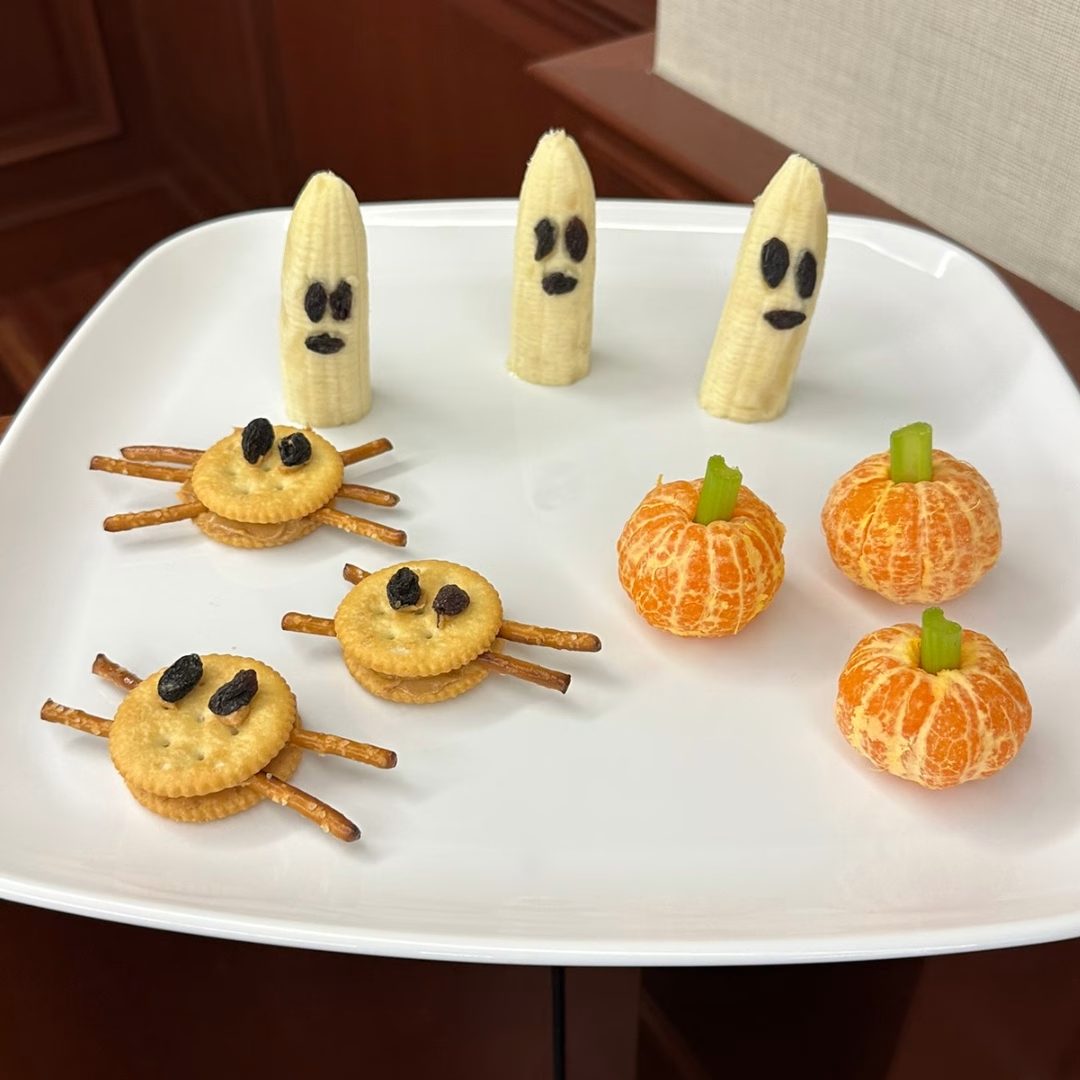

As we prepare to say, “Goodbye, 2018,” and “Hello, 2019,” it’s worth noting how abstract the concept of time can be for young children.
Children aren’t born with a sense of what time is. For infants, time is measured by waking and sleeping, not minutes, hours, days and years. But as they grow, and consistent routines are established, their sense of time starts to assert itself. During the first two years of life, children begin to associate daily benchmarks like meals, bath time and bed time with specific parts of the day. Words like “soon” and “wait” begin to make sense to them. Between the ages of three and five, children start to become more aware of time and its passing, and concepts like “before” and “after” come into focus. By the time they reach kindergarten, children are starting to work with time-telling tools like clocks and calendars to mark the passage of time.
“You can use time when teaching a child patience, one of Kiddie Academy’s Character Education Values,” said Richard Peterson, Kiddie Academy’s Vice President of Education. “When playing a game and it’s time for dinner or a bath, give your child a choice to play for five more minutes and then you will stop the activity at that time. This helps the child to understand the concept of time and also helps them develop self-control while wanting to do something but only have a limited amount of time during which they can do it.”
Along with birthdays, the transition to the new year is the biggest event in the year for marking the passage of time. And even though some younger children may not totally grasp the concept, it’s still an opportunity to turn it into a moment with activities that combine fun with learning.
With a little inspiration from Kiddie Academy’s partners at PBS Parents, here are some fun ways you can celebrate New Year’s Eve with your children – and none of them require staying up until midnight!

Make a Time Capsule – Use this year as the starting point to create a family time capsule you can add to year after year. Ask your children to recall some of the things they’ve enjoyed about this past year. Write down their memories and store them in a small box. You can also add mementos such as photographs, drawings and other small items to your capsule. Next year, open and revisit the list and add their 2019 reflections to the box.
Make Resolutions – Have each member of the family come up with a list of two or three things they would like to do in the new year. You can also include family goals, like healthy eating and doing good deeds for others. You can write these down and add them to your time capsule or store them separately. Again, next New Year’s Eve revisit the list to see how many of the resolutions came to pass.
Create Party Hats – New Year’s Eve is, after all, a time to celebrate, so let your creativity run wild and create colorful party hats for everyone. Gather art supplies and raid the recycle bin for newspaper, wrapping paper, cardboard, ribbons and other materials. You can even hand out awards for the silliest hat, most creative, prettiest, and so on.
Celebrate “Noon Year”– Most youngsters won’t be able to stay up until midnight to ring in the new year, so plan to do your celebration at “noon year.” You can put on your hats, grab noisemakers and count down the seconds until the clock strikes noon.
 Here are some other places to look for New Year’s Eve ideas:
Here are some other places to look for New Year’s Eve ideas:
“New Year’s Eve, Family Style” – PBS Parents
“14 Ways to Celebrate New Year’s Eve with Kids” – Today’s Parent
“33 Creative Ideas for Celebrating New Year’s Eve at Home” – One Good Thing
Thank you for reading along, as we work together in raising the next generation of amazing kids.
Looking for more news you can use?
We would love to send you our free monthly newsletter, Parenting Essentials! You’ll receive a newsletter by e-mail, full of parenting advice, ideas and information, as well as articles about emerging trends in educational child care.





